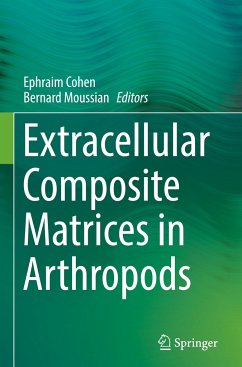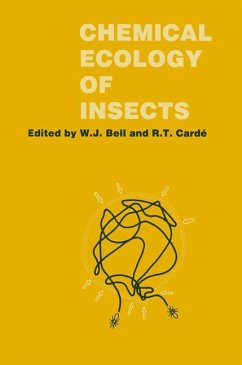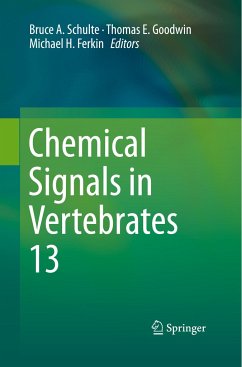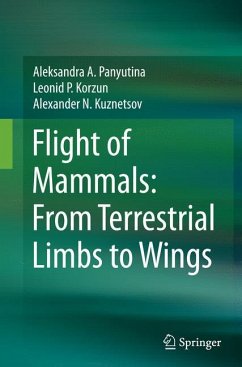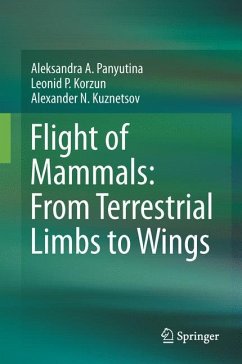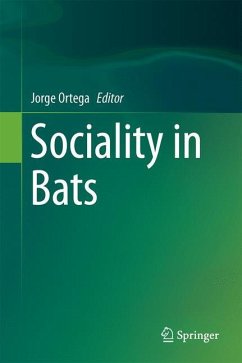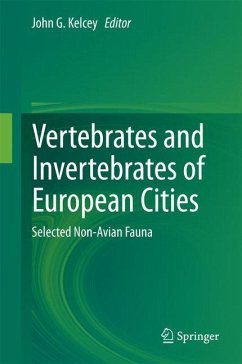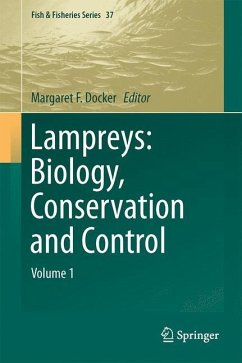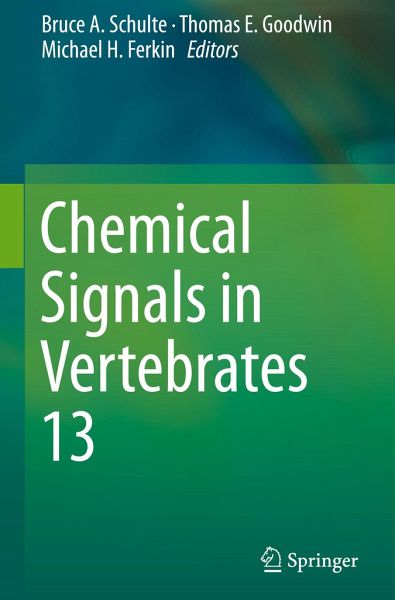
Chemical Signals in Vertebrates 13

PAYBACK Punkte
88 °P sammeln!
In 2014, the Chemical Signals in Vertebrates (CSiV) group held its 13th triennial meeting in conjunction with the 30th meeting of the International Society of Chemical Ecology (ISCE). The meeting convened on the campus of the University of Illinois at Urbana-Champaign. This meeting was the first held jointly with these two groups, which share common history and are dedicated to understanding the role of chemical communication in the lives of organisms. This volume is a collection of the proceedings of this meeting and, like the meeting, cover a variety of topics in chemical ecology, including ...
In 2014, the Chemical Signals in Vertebrates (CSiV) group held its 13th triennial meeting in conjunction with the 30th meeting of the International Society of Chemical Ecology (ISCE). The meeting convened on the campus of the University of Illinois at Urbana-Champaign. This meeting was the first held jointly with these two groups, which share common history and are dedicated to understanding the role of chemical communication in the lives of organisms. This volume is a collection of the proceedings of this meeting and, like the meeting, cover a variety of topics in chemical ecology, including Chemical Ecology of Social Behavior; Chemical Signals - Analysis and Synthesis; Evolution, Genomics, and Transcriptomics of Chemical Signals; Molecular Mechanisms of Semiochemical Perception and Processing; Multimodal Communication; and Neuroethology and Neurophysiology.



